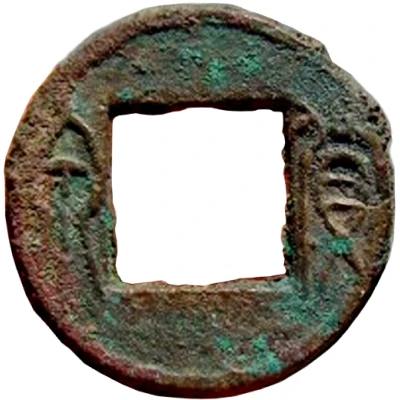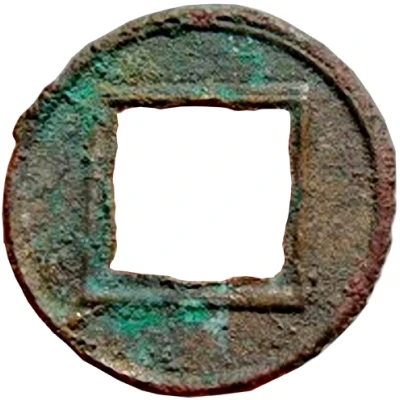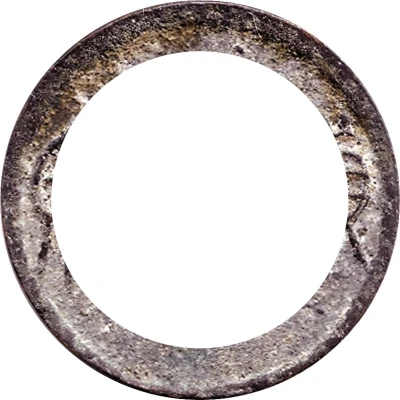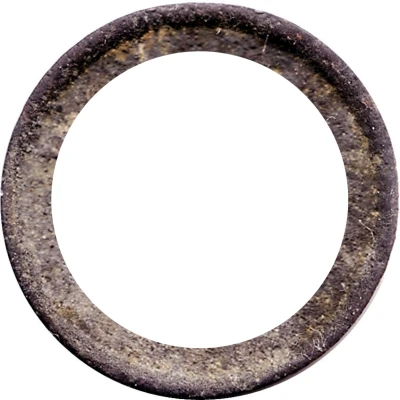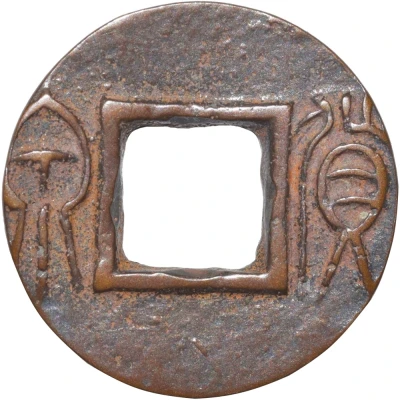
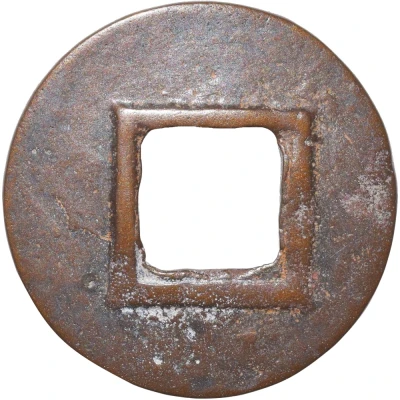

© Fred Cherrygarden
1 Cash - Wang Mang Fifth reform
| Bronze | 1.71 g | 18 mm |
| Issuer | China (ancient) |
|---|---|
| Type | Standard circulation coin |
| Years | 23-40 |
| Value | 1 Cash |
| Currency | Zhu (fifth reform, 14-40) |
| Composition | Bronze |
| Weight | 1.71 g |
| Diameter | 18 mm |
| Thickness | 0.7 mm |
| Shape | Round with a square hole |
| Technique | Cast |
| Orientation | Medal alignment ↑↑ |
| Demonetized | Yes |
| Updated | 2024-10-09 |
| Numista | N#209450 |
|---|---|
| Rarity index | 87% |
Reverse
Blank (uniface).
Edge
Plain
Comment
These are known as mobianqians (磨辺銭), meaning "filed-edged coins".This type of Huo Quan is believed to be privately modified official coins, which had the outsides filed in order to illicitly obtain some metal and make a profit, or to lighten the official coins to bring them in-line with the new and lighter weight of the inflationary Huo Quans. The exact dating of these pieces is uncertain, but they are thought to have been produced toward the end of Wang Mang's reign, or sometime afterwards.
© KennyG
Interesting fact
One interesting fact about the Standard circulation coin 1 Cash - Wang Mang (Fifth reform) (23-40) from China (ancient) made of Bronze weighing 1.71 g is that it was used as a form of currency during the reign of Wang Mang, who was a powerful Chinese statesman and military leader who lived during the Han dynasty. He implemented a number of reforms, including the introduction of a new currency system, which included the use of bronze coins like this one. The coin features an inscription of the Chinese character for "wang" on one side and a square hole in the center of the other side, which was used to thread a cord through to make it easier to carry. Despite its small size and relatively low value, this coin is a significant artifact of ancient Chinese history and culture.
